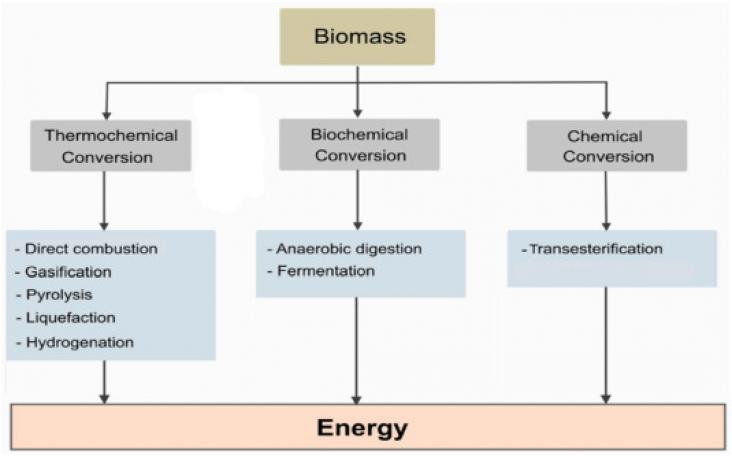This paper based on three implemented Regional Climate Models (RCMs), namely CMCC-CCLM, CNRM-ALADIN52, and GUF-CCLM-NEMO, for RCP4.5 and RCP8.5 scenarios of the 21st century. Atmospheric modelling datasets cover the Reference (1971–2000) and Future (2071–2100) Periods of climate projections. The results produced within this study can be used for investigations in specific locations of the Mediterranean basin within integrated hydrologic/hydrodynamic modelling under projected climate change conditions during the 21st century.
This Article supports SDGs3 and 13 by asessing the potential impact of net zero greenhouse gas emissions on public health in England and Wales. The authors showed that there are likely to be substantial net benefits for health, with greater benefits associated with faster and more ambitious changes.

This One Earth Perspective Article explores how coastal communities are increasingly exposed to risks due to trade offs from international conservation efforts and rapid economic and climate change, and argues that policymakers seeking to promote ocean biodiversity (SDG 14) must first prioritize social justice and general resilience to equitably enable sustainable communities (SDG 11).
This paper focuses on the impact of epidemic situation on carbon emissions in different provinces of China and provide different emission reduction directions and measures for carbon emission research in different provinces.
Many of the forests of the world are parts of complex landscapes that include intact native forests, forests utilized by communities, and agricultural lands. Understanding ecosystem services at the scale of landscapes benefits from careful consideration of transitions among these land uses, and this article examines these topics for landscapes in Peru and the Philippines.
The effects of forest harvesting are very evident aboveground, with clear contrasts between areas that are clearcut and those that are managed with some degree of retention of old trees. The implications for the belowground portions of forest ecosystems are difficult to see, but fundamental to the future development of the recovering forest.

An investigation supporting SDGs 7 and 13, based in Ghana, into the possibility of using slaughterhouse wastes as a source of renewable energy through biogas technology. The researchers concluded that 'Ghana generates significant amount of slaughterhouse waste each year that can be processed using AD [anaerobic digestion] for energy and electricity production to supplement the country's electricity needs, while reducing GHG emissions'.
We observe the link between Artificial Intelligence (AI) and Sustainable Development Goals (SDGs). We use automated methodologies to find insights and overlaps between AI and the SDGs. AI-Ethics frameworks need to give more attention to Society and Environment areas. Inclusive action is needed to balance the efforts for solving SDGs by using AI.SDGs 13, 14, and 15 (all related to the Environment area) are not sufficiently addressed.
This research examined the potential impacts of adaptation on snakebite using individual-based simulations, focusing on strategies meant to counteract major crop yield decline because of changing rainfall in Sri Lanka.
This study provides an assessment of land surface temperature across North, South, and Northwest China in relation to urbanization.
